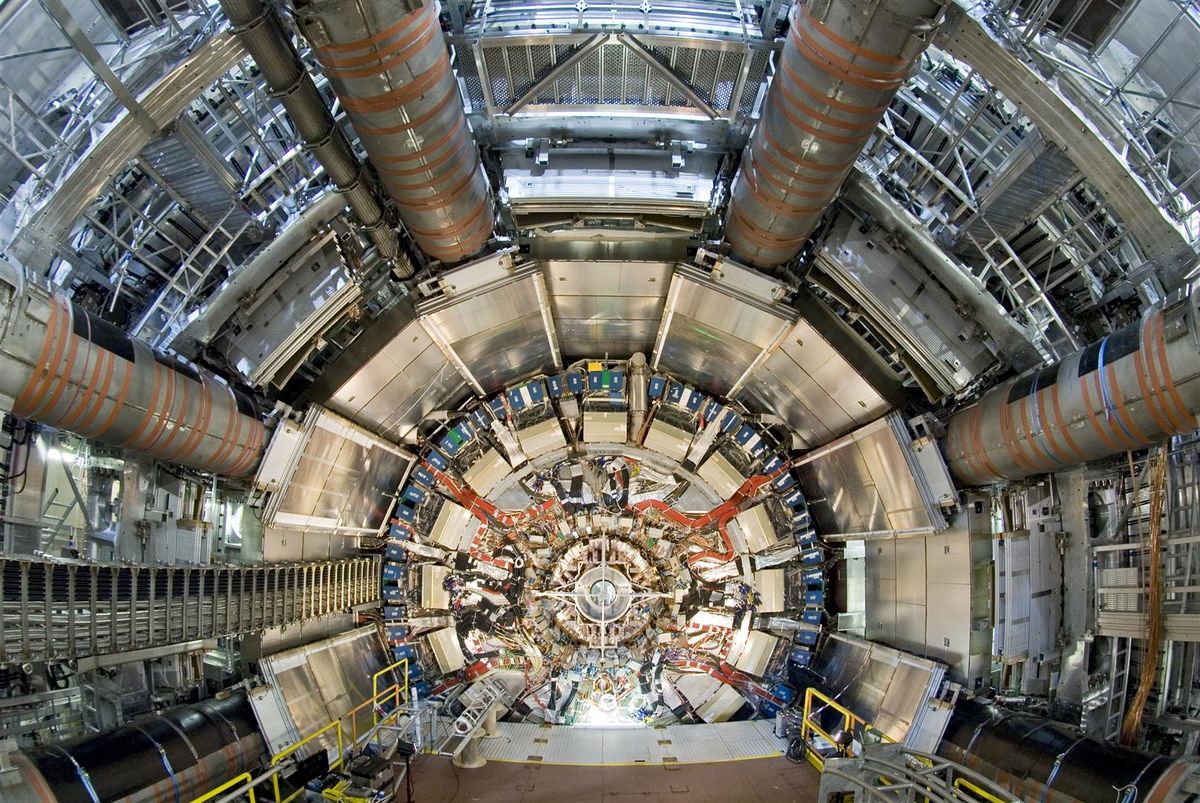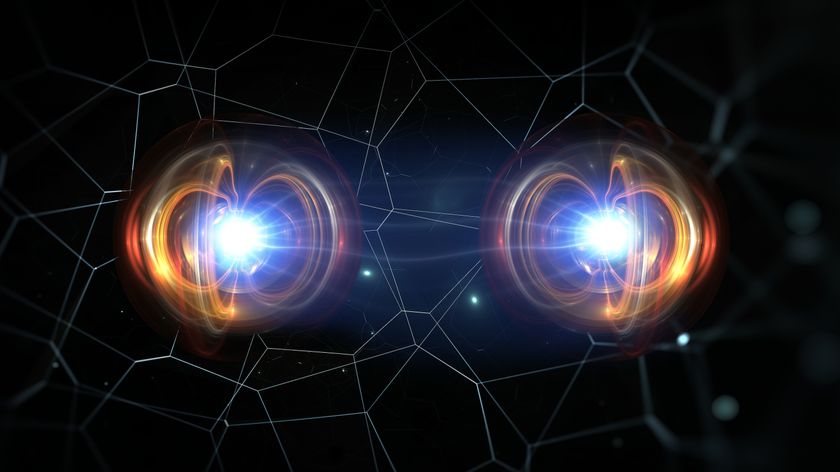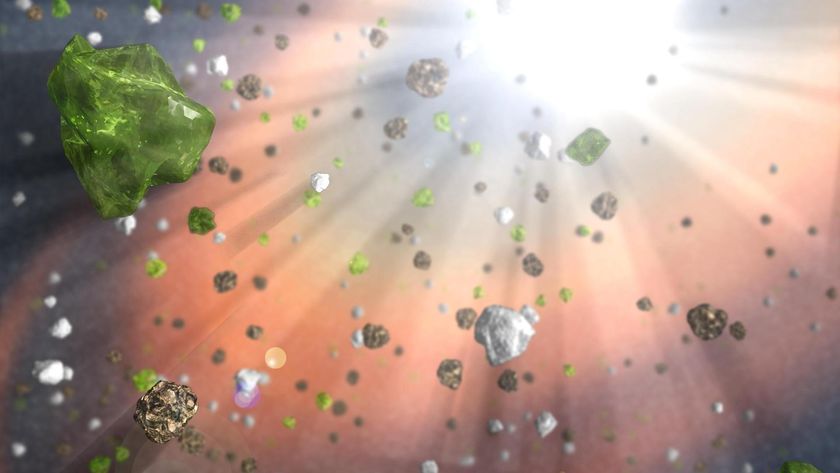World's Largest Atom Smasher Gets Faster

The Large Hadron Collider is working more efficiently, physicists announced today, with more particles than ever before crammed into the particle accelerator's beams.
Scientists successfully halved the space between the bunches of protons that fly through the LHC in sprays called beams. To observe unknown particles and interactions, physicists race these beams around a 17-mille-long (27 kilometers) underground ring on the border between France and Switzerland. Head-on collisions between protons give rise to short-lived, exotic particles, perhaps including the elusive Higgs Boson, the particle theorized to be responsible for bestowing mass on all other particles.
LHC physicists think they've finally found the Higgs Boson. A new subatomic particle discovered this summer matches the theoretical description of the Higgs, though more analysis and data is needed to nail down the identification.
Meanwhile, CERN, the European Laboratory for Particle Physics, which runs the collider, announced the completion of its first three-year "run" today (Dec. 17) by trumpeting several milestones.
"The LHC's performance has exceeded all expectations over the last three years," Steve Myers, the director for accelerators and technology for CERN, said in a statement. "The accelerator delivered more than 6 million billion collisions and the luminosity has continuously increased. It's a fantastic achievement, and I'm incredibly proud of my team." [Photos: The World's Largest Atom Smasher]
Luminosity is a measurement of the rate of particle collisions in the accelerator.
The last few days of the LHC's run have been partially devoted to upping the efficiency of the enormous machine. Each proton beam in the LHC is divided into hundreds of bunches, each several centimeters or inches long and each containing more than a hundred billion protons. Now, scientists have halved the spaces between each bunch of protons, leaving only 25 nanoseconds of time between each proton-rich pulse. That means twice as many proton bunches can fit into each beam, increasing the rate of particle collisions, and therefore the amount of data scientists can collect.
Sign up for the Live Science daily newsletter now
Get the world’s most fascinating discoveries delivered straight to your inbox.
"This new achievement augurs well for the next LHC run starting in 2015," Myers said. "High intensity beams mean more collisions and a better chance of observing rare phenomena."
The Higgs, if CERN physicists have found it, is indeed a rare phenomena. Of the 6 million billion collisions generated in the last three years, only about 400 produced traces of the Higgs-like particle.
As 2013 opens, the LHC will conduct experiments involving colliding protons with lead ions before a long pause in research for maintenance through 2014. In 2015, particle collisions are expected to resume with increased energy and frequency.
Follow Stephanie Pappas on Twitter @sipappas or LiveScience @livescience. We're also on Facebook & Google+.

Stephanie Pappas is a contributing writer for Live Science, covering topics ranging from geoscience to archaeology to the human brain and behavior. She was previously a senior writer for Live Science but is now a freelancer based in Denver, Colorado, and regularly contributes to Scientific American and The Monitor, the monthly magazine of the American Psychological Association. Stephanie received a bachelor's degree in psychology from the University of South Carolina and a graduate certificate in science communication from the University of California, Santa Cruz.











